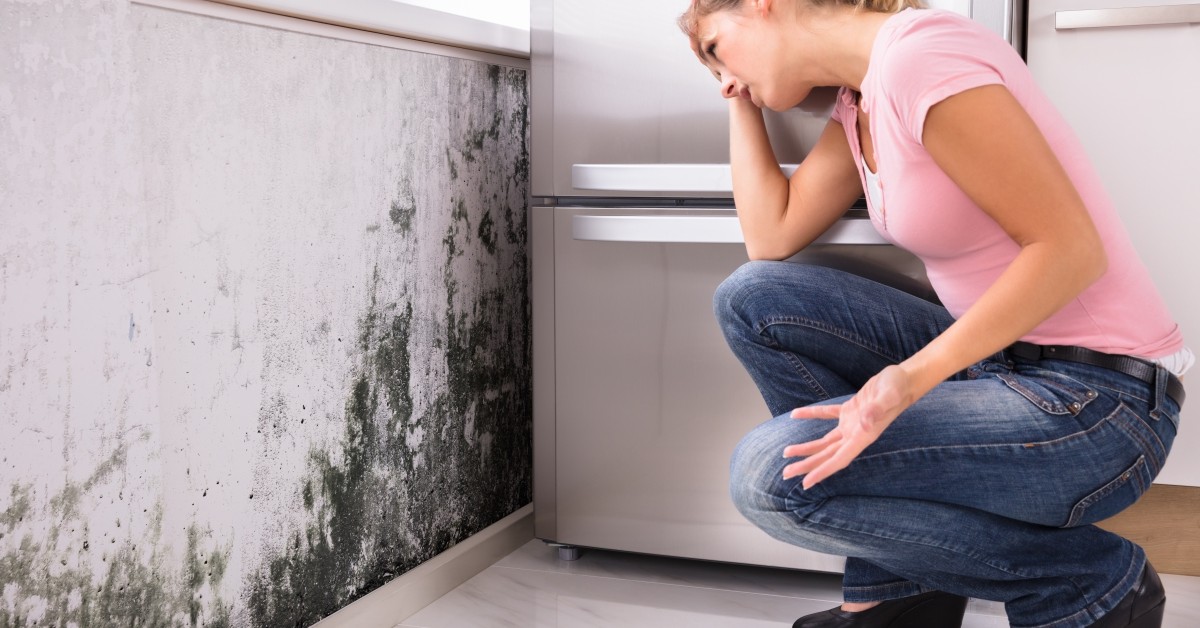Professional Tips for Message Mold And Mildew Remediation Success
In the world of mold removal, successfully removing mold and mildew is just half the battle; the true obstacle depends on preventing its reappearance. Post-remediation efforts play a vital role in guaranteeing a mold-free setting in the long-term. By adhering to professional ideas and finest practices, individuals can secure their spaces against mold and mildew resurgence and maintain a healthy interior setting. It remains in this stage of the removal procedure that attention to detail and proactive actions genuinely make a distinction.
Screen Moisture Levels On A Regular Basis
After completing mold remediation treatments, keeping optimum moisture levels is vital to prevent mold re-growth and guarantee a healthy and balanced indoor environment. High humidity levels above 60% produce a favorable environment for mold to grow, making routine checking an aggressive action to prevent any type of future mold concerns.
Using hygrometers or wetness meters can aid in accurately determining moisture degrees in various areas of the residential or commercial property. These devices supply real-time information that allows remediation professionals to make enlightened choices relating to air flow, dehumidification, and various other essential actions to maintain optimal humidity degrees post-remediation. In addition, establishing a regular timetable for moisture checks, specifically in high-risk areas such as cooking areas, cellars, and washrooms, is a positive strategy to mold and mildew avoidance. By regularly keeping an eye on moisture degrees, residential property proprietors can effectively reduce the danger of mold reoccurrence and maintain a healthy and balanced interior setting post-remediation.
Conduct Thorough Inspections Post-Remediation
Following the completion of mold and mildew remediation procedures, it is crucial to perform comprehensive inspections to confirm the performance of the removal procedure. These post-remediation inspections are vital in ensuring that the mold concern has been effectively resolved and that there is no reoccurrence or continuing to be mold growth. Evaluations need to be brought out by qualified professionals that have experience in determining mold and analyzing indoor air quality.
Throughout these assessments, various approaches such as visual assessments, air tasting, and surface area sampling may be employed to completely evaluate the remediated areas. Aesthetic analyses entail an in-depth inspection of the properties to inspect for any type of visible indications of mold and mildew growth or water damage. Air sampling helps in figuring out the air-borne mold and mildew spore levels, while surface tasting can discover mold and mildew particles on surfaces.
Implement Proper Air Flow Techniques
After making certain the performance of the mold removal procedure via comprehensive examinations, the next essential action is to focus on applying appropriate air flow methods. Adequate air flow is essential in protecting against mold and mildew reoccurrence by regulating dampness degrees and advertising air blood circulation.
Proper air flow not just help in preventing mold and mildew development yet also contributes to the overall health and comfort of owners. By making sure adequate ventilation throughout the building, you can lower the threat of mold and mildew regrowth and create a healthier living environment.

Usage Mold-Resistant Materials for Fixes
To boost the long-term effectiveness of mold removal initiatives, integrating mold-resistant products for repair work is vital in alleviating the threat of future mold growth. Mold-resistant products are created to hold up against moisture and hinder mold development, making them a crucial option for areas prone to dampness and moisture. When repairing locations affected by mold and mildew, making use of products such as mold-resistant drywall, mold-resistant paints, and mold-resistant caulking can aid protect against mold and mildew recurrence.
Mold-resistant drywall is an excellent option to standard drywall in areas like washrooms and cellars where wetness levels are greater. When exposed to damp conditions, this type of drywall has an unique finish my website that stands up to mold and mildew development also. In addition, utilizing mold-resistant paints having antimicrobial agents can better inhibit mold advancement on walls and ceilings.
In areas where moisture prevails, such as cooking areas and restrooms, making use of mold-resistant caulking around home windows, sinks, and tubs can help seal out water and avoid weblink mold from taking hold in cracks and crevices. By spending in these mold-resistant products throughout repair work post-remediation, you can considerably decrease the likelihood of future mold and mildew issues and keep a much healthier interior environment.
Maintain Tidiness and Address Water Issues
After mold and mildew removal, it is essential to preserve a clean setting to stop the regrowth of mold. Leakages, water intrusion, or high moisture levels can create the best reproduction ground for mold, so it is essential to take care of any water-related troubles right away.
To maintain sanitation, think about using HEPA filters in vacuums and air cleansers to trap mold spores and avoid their flow in the air. Making certain proper air flow in areas prone to moisture build-up, such as washrooms and kitchens, can aid keep moisture degrees in check. By remaining cautious about sanitation and attending to water issues quickly, you can effectively prevent mold and mildew reinfestation and maintain a healthy zep mold removal indoor setting.
Verdict

In the world of mold remediation, effectively eradicating mold is just half the battle; the true challenge lies in stopping its reappearance. After finishing mold and mildew remediation procedures, preserving optimal humidity degrees is essential to avoid mold and mildew re-growth and guarantee a healthy interior setting. High humidity degrees above 60% create a conducive environment for mold and mildew to thrive, making regular monitoring a positive procedure to stop any future mold and mildew concerns.
To enhance the long-term efficiency of mold and mildew removal initiatives, integrating mold-resistant products for repair work is essential in reducing the danger of future mold and mildew development. After mold and mildew remediation, it is important to maintain a clean atmosphere to prevent the regrowth of mold and mildew.